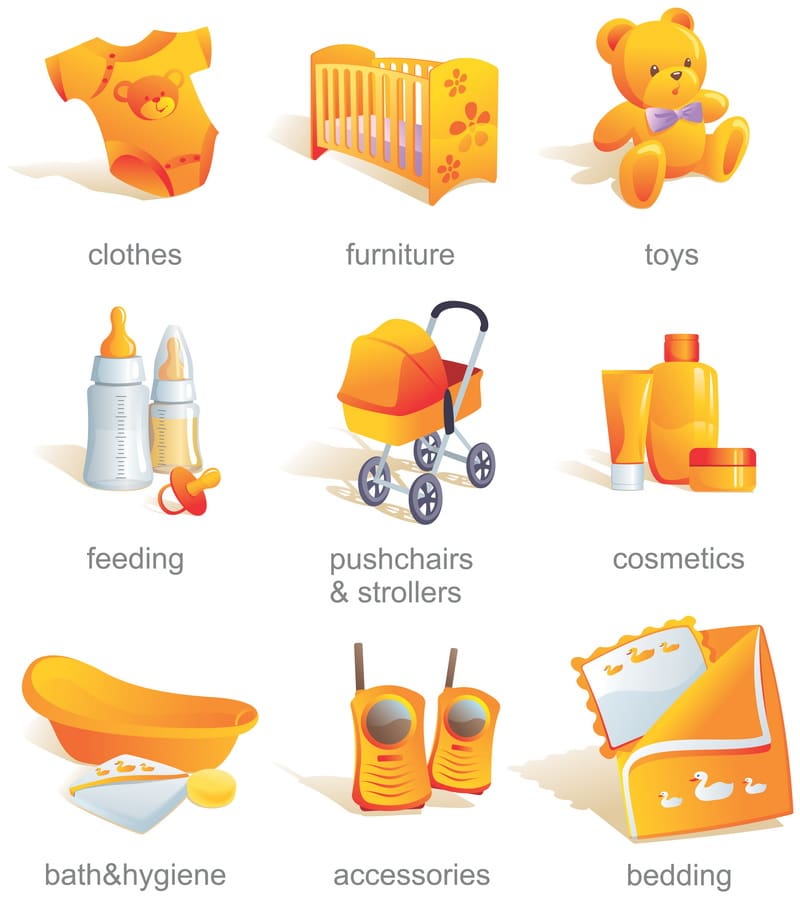The process of giving birth is one of the most monumental moments in a woman’s life. It is a time when a woman is able to bring another human being into the world. The process of childbirth can be considered one of the most natural processes in the world. However, there are many factors that can affect how a woman gives birth. These factors can include the health of the mother and baby, the pain tolerance of the mother, the preference of the mother, and the type of delivery. There are three main types of childbirth: natural birth, epidural, and c-section. Natural birth is when the baby is born vaginally without the aid of medication. An epidural is when the mother is given medication to help with the pain of childbirth. A c-section is when the baby is delivered through a surgical incision in the mother’s abdomen. Each type of childbirth has its own risks and benefits. It is important for a woman to think about what type of childbirth she wants before she goes into labor. She should discuss her options with her healthcare provider. This way, she can be prepared for whatever type of childbirth she decides on.
1. What are the three main options for birthing plans? 2. What are the pros and cons of each option? 3. What are the risks and benefits of each option? 4. What are the cost implications of each option? 5. What are the pain management options for each option? 6. What are the recovery options for each option? 7. What are the success rates for each option?
1. What are the three main options for birthing plans?
The three main options for birthing plans are natural birth, epidural, or c-section. Natural birth is when the baby is born without any intervention. Epidural is when the mother is given medication to help with the pain of childbirth. C-section is when the baby is born via surgery. Natural birth is the most common type of childbirth. It involves the least amount of intervention and is often considered the safest option. The mother may feel pain during childbirth, but there are ways to manage it. Epidural is another option for childbirth. Epidural is when the mother is given medication to help with the pain of childbirth. This option is often used when the mother is having a difficult labor. C-section is when the baby is born via surgery. This option is often used when the mother is having a difficult labor or the baby is in distress.
2. What are the pros and cons of each option?
Natural birth is considered the safest option for both mother and baby, as it does not involve any medical interventions. However, it is also the most physically demanding option and can be accompanied by pain. An epidural is a medical intervention that can provide pain relief during childbirth. However, it does carries some risks, such as the potential for a drop in blood pressure and a longer labour. A caesarean section is a medical intervention that is typically used when there are concerns for the safety of mother or baby. However, it is a major surgery that carries some risks, such as infection and blood loss.
3. What are the risks and benefits of each option?
There are a few different things to consider when making the decision about how you will give birth. The first is what kind of pain relief you want, if any. The second is what kind of delivery you want- vaginal or cesarean. And the third is what kind of recovery you are looking at. Natural birth has thebenefit of being the cheapest and having the shortest recovery time. However, it also has the downside of being the most painful. You also have no control over how long it will take, so if you are wanting to avoid an induction or other interventions, natural birth may not be the best option. An epidural is going to be the most expensive option, but it also has the benefit of being the least painful. It also gives you more control over the delivery, so if you are wanting to avoid a c-section, an epidural may be the best option. The downside to an epidural is that it can increase your chance of having a forceps or vacuum delivery, and you will have a longer recovery time. A c-section is going to be more expensive than natural birth, but it has the benefit of being the least painful. You also have more control over the delivery, so if you are wanting to avoid an induction or other interventions, a c-section may be the best option. The downside to a c-section is that you will have a longer recovery time and you are at a higher risk for complications.
4. What are the cost implications of each option?
There are a few cost implications to consider when making the decision about how you will give birth. A natural birth is the least expensive option. An epidural will increase the cost by a few hundred dollars. A c-section will increase the cost by a few thousand dollars. If you have insurance, they may cover some or all of the cost. If you do not have insurance, you will be responsible for the entire cost.
5. What are the pain management options for each option?
When it comes to pain management during childbirth, there are three main options: natural birth, epidural, or c-section. Each option has its own advantages and disadvantages when it comes to pain management. Natural birth is considered to be the most “natural” way to give birth and does not involve any pain medication. Some women choose to use natural birthing techniques, such as deep breathing and relaxation, to help manage the pain. However, Natural birth can be more painful than medicated births. An epidural is a pain medication that is given through a small tube in the back. The epidural numbs the lower half of the body and can help to manage the pain during childbirth. However, the epidural can also increase the risk of certain complications, such as a drop in blood pressure or a longer labor. A c-section is a surgical procedure in which the baby is born through a small incision in the abdomen. C-sections are usually only performed when there are complications that make natural birth or an epidural too risky. C-sections can be more painful than natural births, but the pain is usually well-controlled with pain medication. So, what are the pain management options for each option? Natural birth: There are a variety of natural birthing techniques that can help to manage the pain, such as deep breathing and relaxation. However, natural birth can be more painful than medicated births. Epidural: Epidurals are a pain medication that is given through a small tube in the back. The epidural numbs the lower half of the body and can help to manage the pain during childbirth. However, the epidural can also increase the risk of certain complications, such as a drop in blood pressure or a longer labor. C-section: C-sections are a surgical procedure in which the baby is born through a small incision in the abdomen. C-sections are usually only performed when there are complications that make natural birth or an epidural too risky. C-sections can be more painful than natural births, but the pain is usually well-controlled with pain medication.
6. What are the recovery options for each option?
There are different recovery options for each type of birth plan. For natural birth, there is the option to have a water birth, which can speed up the recovery process. The mother will also be able to breastfeed, and this can help with the healing process. For an epidural, the mother will be able to get up and walk around soon after the birth. She may also be able to breastfeed. For a C-section, the mother will be in the hospital for a few days. She will likely have to take things easy for a few weeks after she is discharged.
7. What are the success rates for each option?
The success rates for natural births, epidurals, and c-sections vary depending on a number of factors. For example, the success rate for a natural birth is higher if the mother has a low-risk pregnancy and is able to give birth vaginally. The success rate for an epidural is higher if the mother is able to remain still during the procedure and does not experience any complications. The success rate for a c-section is higher if the mother has a healthy pregnancy and the baby is in the correct position for delivery. There is no one right answer when it comes to choosing a birthing plan. The best option for each mother and baby depends on a number of individual factors. For example, a mother who has a high-risk pregnancy may be more likely to have a successful delivery if she chooses a c-section. A mother who wants to avoid pain during childbirth may be more likely to have a successful delivery if she chooses an epidural. Ultimately, it is important to speak with a healthcare provider to discuss all of the available options and to make the best decision for mother and child.
Birthing plans are important to consider before welcoming a new baby into the world. Each type of birth has its own set of pros and cons that should be considered. Ultimately, it is up to the mother to decide which type of birth is best for her and her baby.











